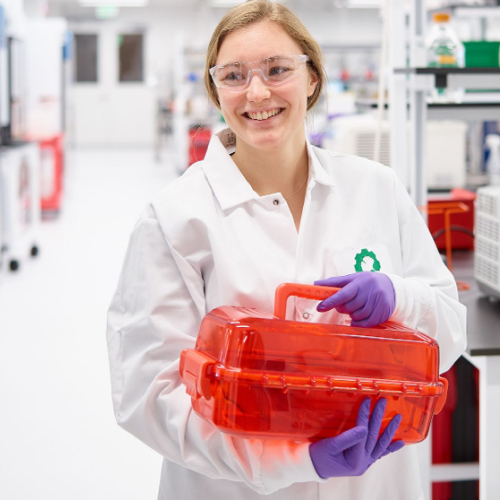John Cumbers recently asked the BioBricks list about how best to run a ligation reaction. Based on the literature and the experience in my lab, here is what we have found works well –
…stick with the normal NEB ligase buffer. Make sure it still has DTT and ATP (not too many freeze/thaw cycles of the BUFFER). Note that the NEB ligase is provided in vast overabundance, and that very little ligase is required. The units tell the story — read them. See this paper for optimization:
Yoshino Y, Ishida M, Horii A. A new 10-min ligation method using a modified buffer system with a very low amount of T4 DNA ligase: the “Coffee Break Ligation” technique. Biotechnol Lett. 2007 Oct;29(10):1557-60. Epub 2007 Jun 21. PMID: 1758103
Note that buffers containing PEG react poorly to heat inactivation of the ligase, inhibiting transformation efficiency.
